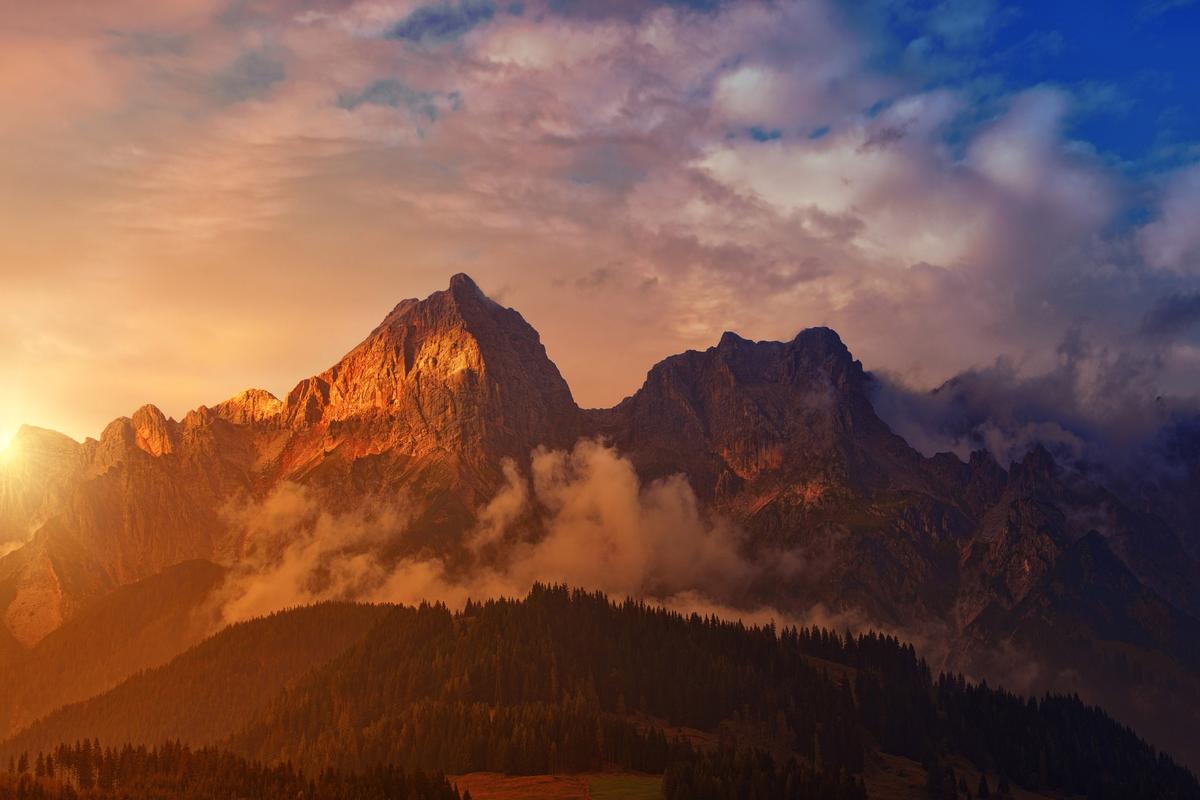10 Fascinating Arctic Information You Need to Know
The Arctic is a region at the northernmost part of the Earth. It is a harsh environment, with unforgiving weather conditions, yet it’s still home to many species of animals and a unique way of life for indigenous people. Here are 10 fascinating facts that you need to know about the Arctic.
1. The Arctic is not just a big chunk of ice
Although the Arctic is known for its ice and snow, it is actually a vast region made up of different ecosystems. These include tundra, boreal forest, and Arctic Ocean. Each of these ecosystems has unique characteristics that support diverse plant and animal species.
2. Polar bears are not white
Contrary to popular belief, polar bears have black skin. Their fur is transparent and reflects sunlight, making them look white. Polar bears have adapted to their environment in many ways, such as having a layer of blubber to keep them warm in the extreme cold.
3. The Arctic has a midnight sun
During the summer months, the Arctic experiences continuous daylight, also known as the Midnight Sun. This happens because the Earth’s axis tilts towards the Sun and the Arctic region faces the Sun for 24 hours.
4. The Inuit people have adapted to the Arctic environment
The Inuit people, who are indigenous to the Arctic, have adapted to their environment over thousands of years. They have developed unique practices, such as building igloos and using dog sleds for transportation, that allow them to live in such a harsh environment.
5. The Arctic is home to the largest land predator in the world
Polar bears are the largest land predator in the world and can weigh up to 1,500 pounds. They are a top predator in the Arctic food chain and play a crucial role in maintaining the ecosystem’s balance.
6. The Northern Lights are a natural wonder of the Arctic
The Northern Lights, also known as Aurora Borealis, are a natural phenomenon that occurs in the Arctic. This beautiful display of lights is caused by charged particles from the Sun colliding with particles in the Earth’s atmosphere.
7. The Arctic Ocean is home to mysterious creatures
The Arctic Ocean is home to many mysterious and fascinating creatures, such as the narwhal, beluga whale, and Arctic cod. These animals have adapted to their environment in unique ways, such as the narwhal’s long, spiraled tusk that is used for communication and navigation.
8. The Arctic is a vital region for climate research
The Arctic is a region of great interest for climate researchers. It is one of the fastest-warming regions on Earth and, as such, is crucial to understanding how the global climate is changing. Data collected in the Arctic can help scientists predict the future of our planet’s climate.
9. The Arctic is rich in natural resources
The Arctic region is rich in natural resources, such as oil, gas, and minerals. This has led to increased interest and exploration in the area, raising concerns about the potential impact on the environment and local Indigenous communities.
10. The Arctic is a fragile ecosystem
The Arctic is a fragile ecosystem, with many species and habitats at risk due to climate change and human activity. It is important to protect this unique region and the people and animals that call it home.
In conclusion, the Arctic is a fascinating region with unique characteristics and some of the most extreme conditions on Earth. From its wildlife to its people, the Arctic has much to teach us about resilience, adaptation, and the fragility of our planet’s ecosystems.
(Note: Do you have knowledge or insights to share? Unlock new opportunities and expand your reach by joining our authors team. Click Registration to join us and share your expertise with our readers.)
Speech tips:
Please note that any statements involving politics will not be approved.
